Telecentric lens is a branch of industrial lens. Because of its unique performance, it is widely used in machine vision acquisition systems. Telecentric industrial lenses can be divided into object-side telecentric lenses and image-side telecentric lenses according to different imaging principles. There are three categories of lenses and bilateral telecentric lenses. Today, I will introduce the principle of telecentric industrial lenses for a better understanding.
1. The principle of object-side telecentric lens:
The object-side principal ray is parallel to the optical axis and the convergence center of the principal ray is located at infinity in the image side, which is called: the object-side telecentric light path. Its function is: it can eliminate the reading error caused by inaccurate focusing on the object side.
2. The principle of image-side telecentric lens:
The image-side chief ray is parallel to the optical axis and the convergence center of the chief ray is located at infinity on the object side, which is called: image-side telecentric light path. The characteristic of the image-side telecentric lens is that the magnification has nothing to do with the image distance, and whether the camera is far or near does not affect the magnification.
3. Principle of double telecentric industrial lens:
The principle of the double telecentric industrial lens is to place a diaphragm in the middle of the lens, so that the light entering and leaving the lens is parallel light, and other light is blocked by the diaphragm and cannot reach the imaging chip. Fang telecentric lens. The characteristic of the double telecentric lens is that the distance of the object or the distance of the camera does not affect the magnification, and it is mainly used in the field of visual measurement and detection.
Pomeas is a domestic supplier of machine vision and industrial automation core products, specializing in providing full-frame bilateral telecentric lenses, 4K high-resolution zoom lenses, 1-inch industrial lenses, visual light sources, image measuring instruments, etc. Its products are widely used in precision inspection fields such as mechanical parts inspection, mobile phone inspection, glass product measurement, semiconductor defect inspection, and hardware dimension measurement.
Product recommendation
TECHNICAL SOLUTION
MORE+You may also be interested in the following information
FREE CONSULTING SERVICE
Let’s help you to find the right solution for your project!


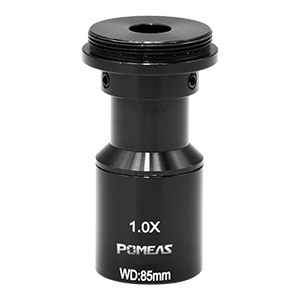
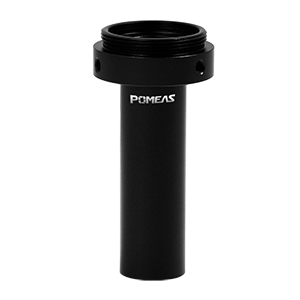
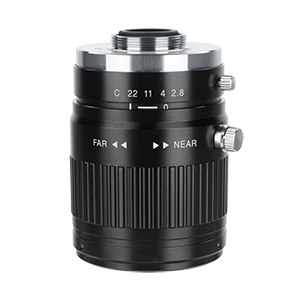
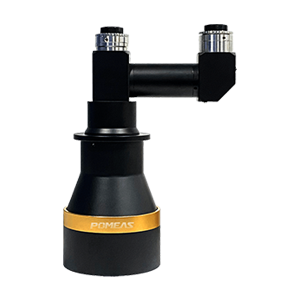
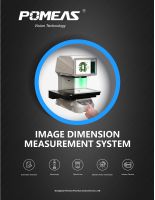

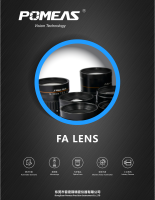
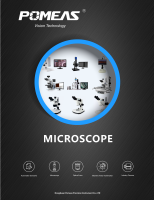
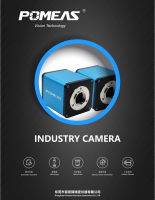
 ASK POMEAS
ASK POMEAS  PRICE INQUIRY
PRICE INQUIRY  REQUEST DEMO/TEST
REQUEST DEMO/TEST  FREE TRIAL UNIT
FREE TRIAL UNIT  ACCURATE SELECTION
ACCURATE SELECTION  ADDRESS
ADDRESS Tel:+ 86-0769-2266 0867
Tel:+ 86-0769-2266 0867 Fax:+ 86-0769-2266 0867
Fax:+ 86-0769-2266 0867 E-mail:marketing@pomeas.com
E-mail:marketing@pomeas.com
